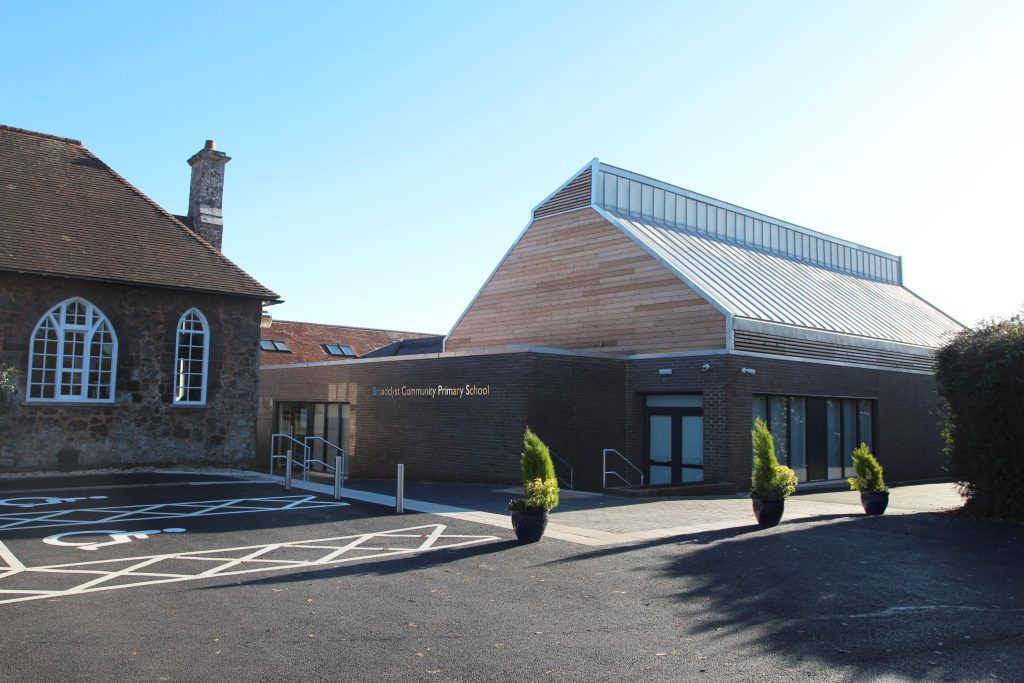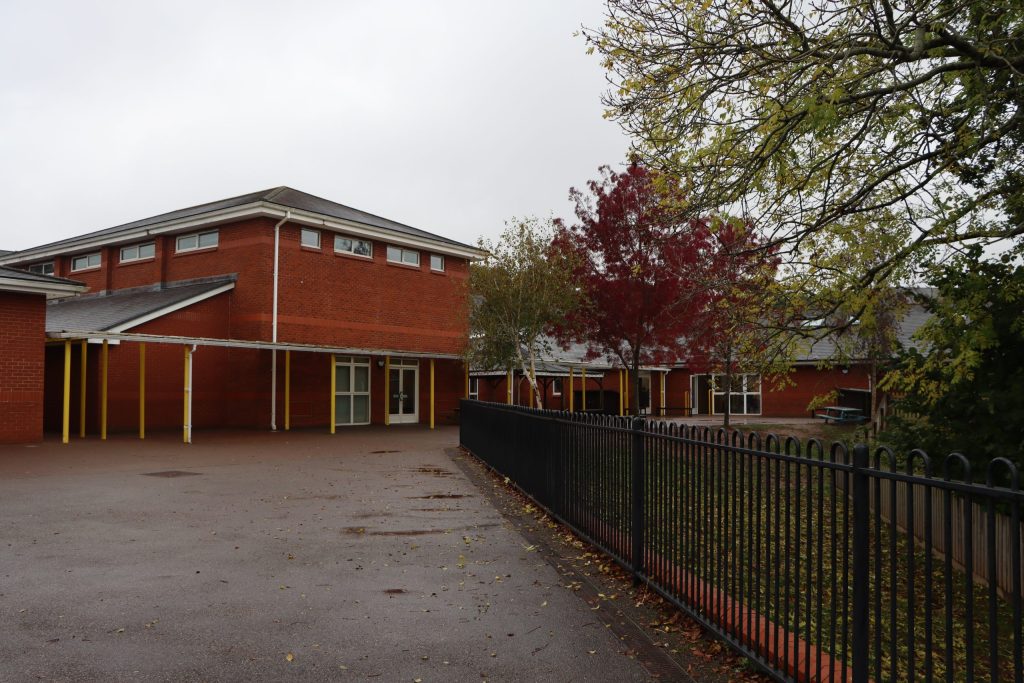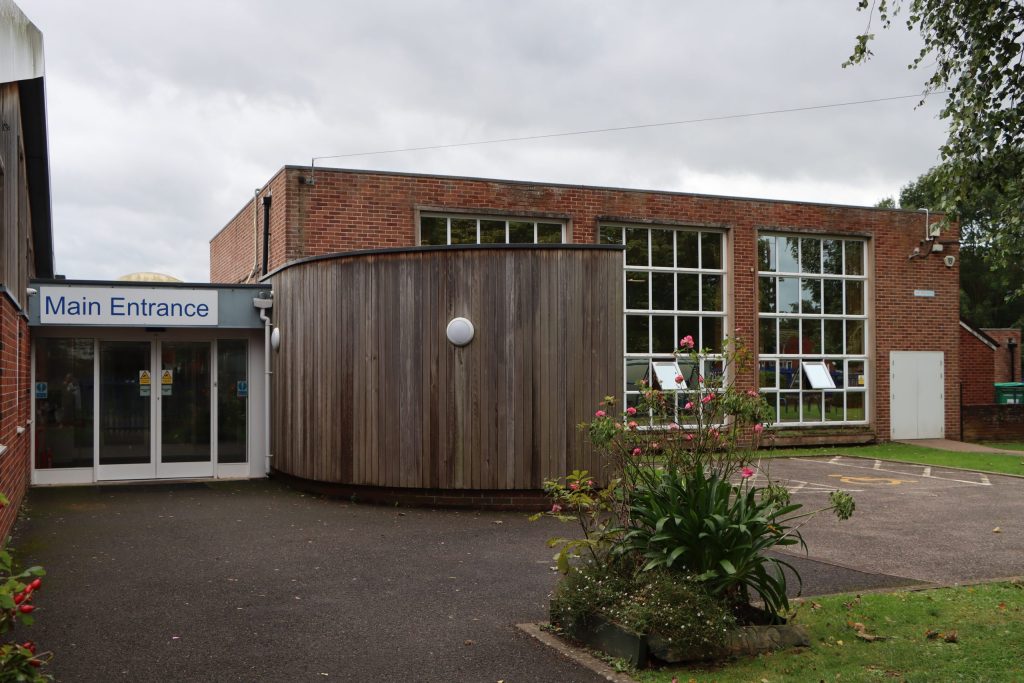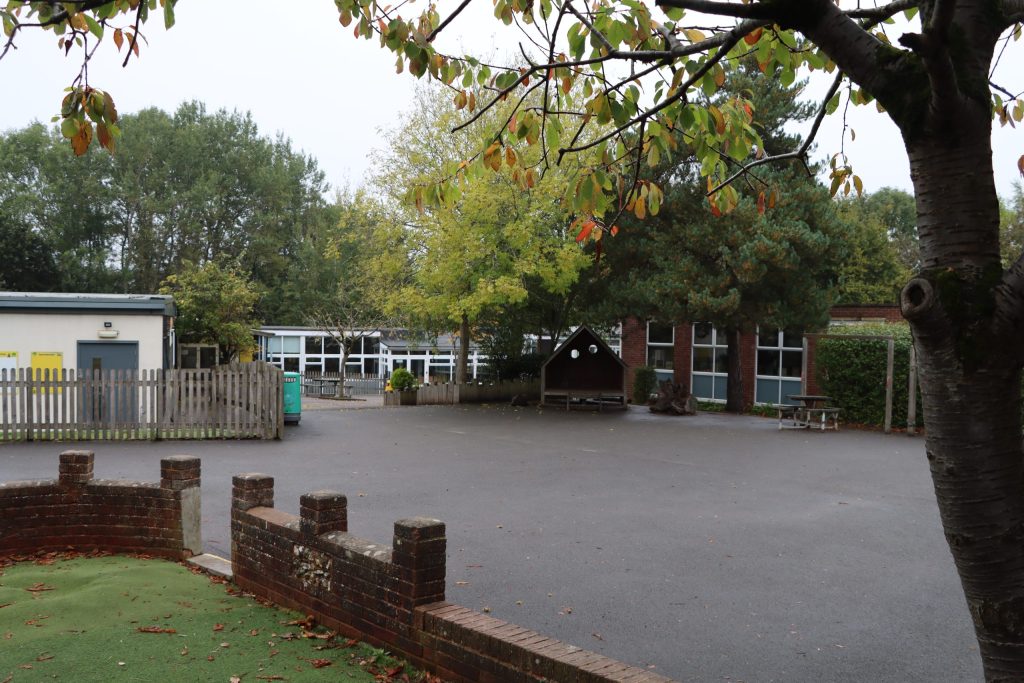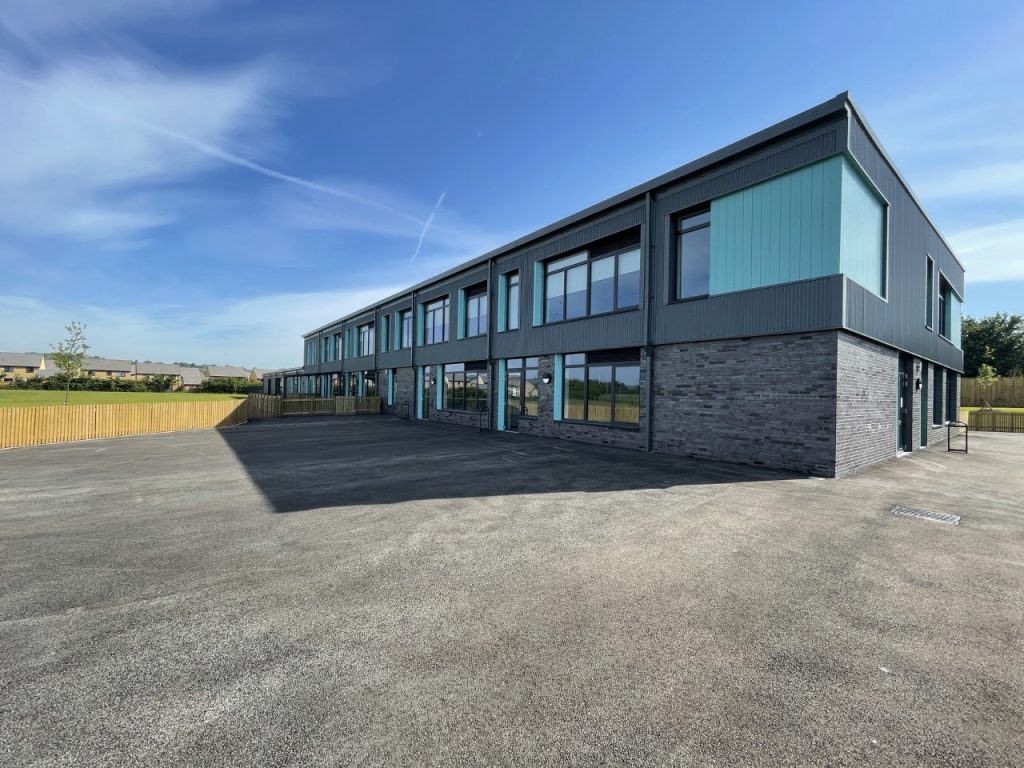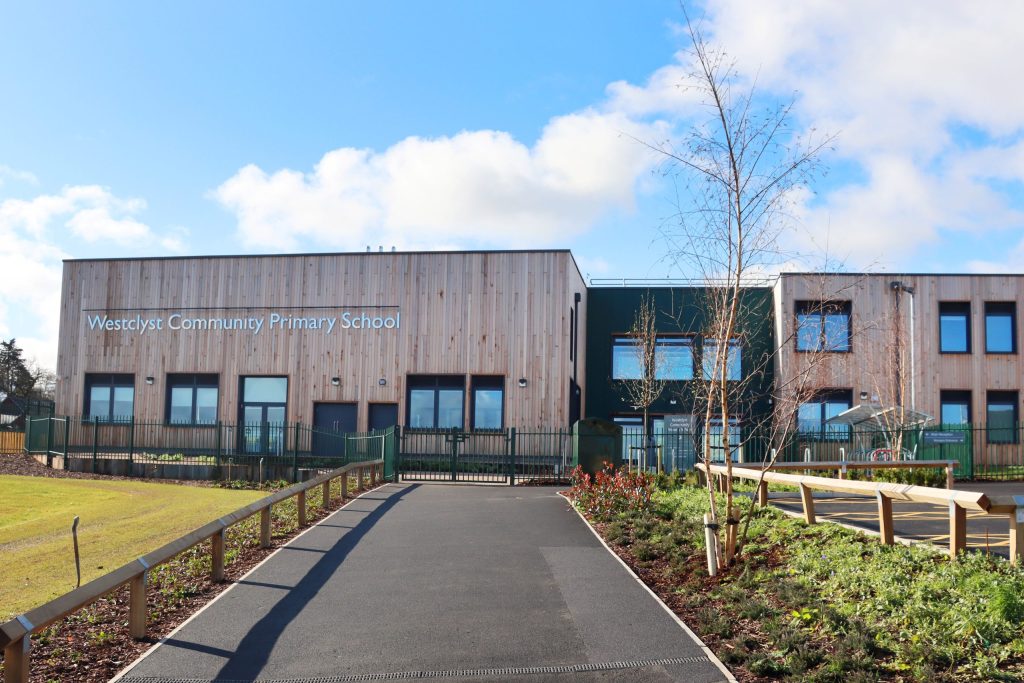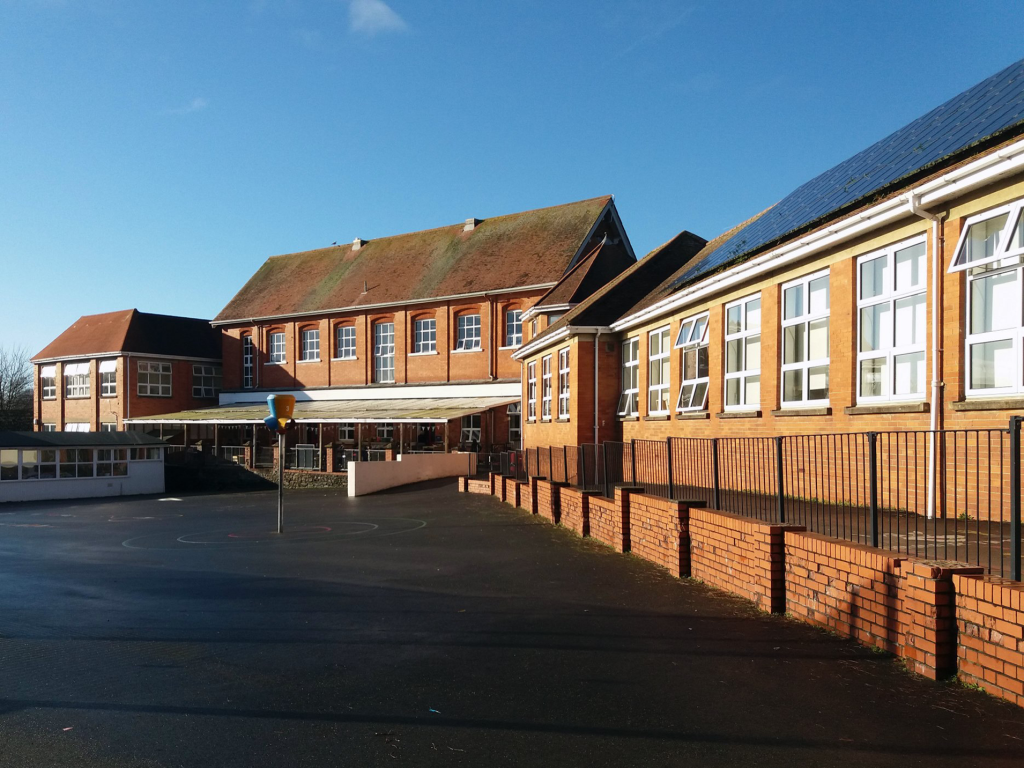Map Making Progression
As children move through the school, they develop increasingly sophisticated map making skills.
In each year group, children build upon the following core elements:
Interpreting: Reading and understanding a range of maps and identifying key features.
Orientation: Using compass directions and grid references to navigate and describe locations.
Drawing: Creating their own maps to represent physical and human features.
Symbols: Using keys and legends to represent information on maps accurately.
Perspective & Scale: Understanding distance, perspective, and proportional representation.
Digital Map Making: Using online mapping tools (such as Google Maps, Digimaps, and GIS) to create and explore maps.
Map making tasks become more advanced year-on-year, starting with simple pictorial maps in EYFS and moving towards scaled, annotated maps with 4- and 6-figure grid references and digital mapping by Year 6.
Reception
Drawing
Draw a simple map of imaginary place for example, Neverland, Oz etc.
Year 1
Interpreting
Know that maps give information about the world (where and what?).
Follow a route on a prepared map.
Recognise simple features on maps such as buildings, roads and fields.
Recognise that maps need a title
Orientation
Beginning to use directional vocabulary.
Say which direction N,S,E,W is for example, using a compass in the playground.
Drawing
Draw a simple map of a real place for example, freehand maps of gardens, local village, school.
Symbols
Use symbols on maps.
Know that symbols mean something on maps.
Perspective & Scale
Look down on objects and make a plan for example, overhead view of desk.
Know that when you ‘zoom in’ you see a smaller area in more detail
Digital Map Making
Zoom in and out of a map.
Draw a simple route.
Highlight areas.
Add an image to a map.
Year 2
Interpreting
Find information on aerial photographs.
Use maps to talk about everyday life for example, where I live, journey to school, where places are in a locality.
Begin explaining why places are where they are.
Orientation
Say which direction N,S,E,W is for example, using a compass in the playground.
Know which direction N is on an Ordnance Survey map.
Drawing
Draw a simple map of imaginary place for example, Neverland, Oz etc.
Symbols
Find a given Ordnance Survey symbol on a map with support.
Beginning to realise why maps need a key.
Perspective & Scale
Draw objects to scale (using squared paper 1:1 first, then 1:2 and so on).
Use large scale, vertical aerial photographs.
Digital Map Making
Find places using a postcode or simple name search.
Add simple information to maps for example, labels and markers
Draw around simple shapes and explain what they are on the map for example, houses.
Year 3
Interpreting
Use atlases, maps and globes.
Use large scale maps outside.
Use oblique and aerial views
Make and use simple route maps.
Give maps a title to show their purpose.
Explain what places are like using maps at a local scale.
Orientation
Use simple grids.
Give direction instructions up to 8 cardinal points.
Use 4-figure coordinates to locate features.
Drawing
Make a map of small area with features in correct places.
Symbols
Use plan views regularly.
Give maps a key with standard symbols.
Perspective & Scale
Use maps and aerial views to help me talk about for example, views from high places.
Use the scale bar to estimate distance.
Digital Map Making
Use the zoom function to locate places.
Use the zoom function to explore places at different scales.
Add a range of annotation labels and text to help me explain features and places.
Use the measuring tool with support to show distance for example, my house to school, to the shops.
Year 4
Interpreting
Use maps at more than one scale.
Use oblique and aerial views.
Make and use simple route maps.
Use thematic maps.
Recognise some patterns on maps and begin to explain what they show.
Explain what places are like using maps at a local scale.
Orientation
Give direction instructions up to 8 cardinal points.
Know that 6figure Grid References can help you find a place more accurately than 4- figure coordinates.
Use latitude and longitude in an atlas or globe.
Drawing
Make a map of a short route with features in correct order.
Make a plan for example, garden, play park; with scale.
Draw scale plans.
Symbols
Give maps a key with standard symbols.
Use some Ordnance Survey style symbols
Perspective & Scale
Make a simple scale plan of room with whole numbers for example, 1 sq.cm = 1 square tile on the floor moving onto 1cm2 = 1m2.
Use the scale bar to calculate some distances.
Digital Map Making
Highlight an area on a map and measure it using the Area Measurement Tool.
Use grid references in the search function.
Use the grid reference tool to record a location.
Year 5
Interpreting
Relate maps to each other and to vertical aerial photographs.
Use index and contents page of atlas.
Use thematic maps for specific purposes.
Know that purpose, scale, symbols and style are related.
Orientation
Use 4 and 6-figure coordinates to locate features.
Give directions and instructions to 8 cardinal points
Drawing
Make sketch maps of an area using symbols and key.
Symbols
Use agreed and Ordnance Survey symbols.
Appreciate maps cannot show everything.
Perspective & Scale
Use a range of viewpoints up to satellite.
Use models and maps to talk about contours and slope.
Use a linear scale to measure rivers.
Draw measured plans for example, from field data
Digital Map Making
Find 6-figure grid references and check using the Grid Reference Tool.
Use maps at different scales to illustrate a story or issue.
Use linear and area measuring tools accurately.
Year 6
Interpreting
Follow routes on maps saying what is seen.
Know that purpose, scale, symbols and style are related.
Appreciate different map projections.
Interpret distribution maps and use thematic maps for information.
Follow a route on 1:50 000 Ordnance Survey map; I can describe and interpret relief features.
Orientation
Use 4 and 6-figure coordinates to locate features.
Give directions and instructions to 8 cardinal points.
Align a map with a route.
Use latitude and longitude in an atlas or globe.
Drawing
Design maps from descriptions.
Draw thematic maps for example, local open spaces.
Symbols
Use standard symbols I know 1:50.000 symbols and atlas symbols.
Perspective & Scale
Use a scale bar on all maps.
Describe height and slope using maps, fieldwork and photographs.
Read and compare map scales.
Digital Map Making
Combine area and point markers to illustrate a theme
Use maps to research factual information about locations and features.
Contact: admin@tcat.education
Phone: 01392 304040
© The Cornerstone Academy Trust 2025



